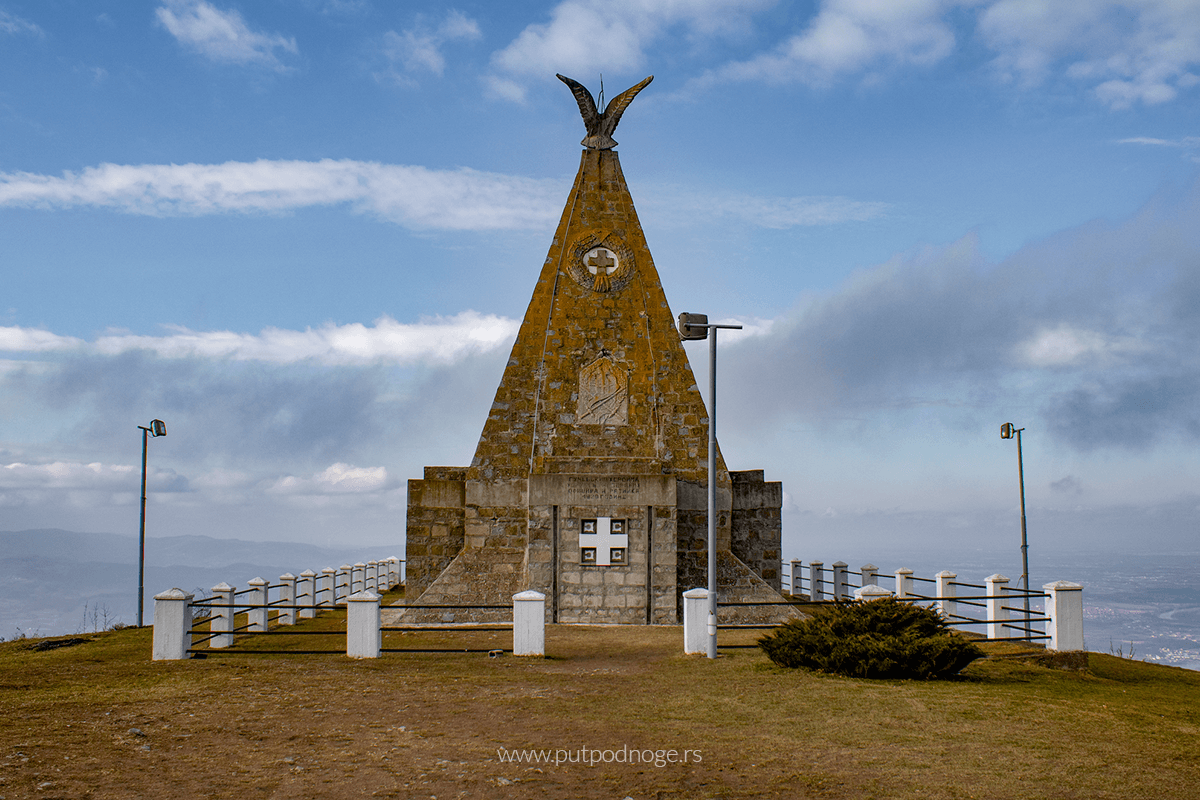
One-Day Excursion – Budimlija, Gučevo, and Tršić
While eagerly awaiting spring, we waste no time and embark on adventures every weekend when the weather allows. This time, we head west toward the Drina and Jadar regions, visiting three fascinating locations. Our destination is Loznica, about a 2.5-hour drive from Belgrade, from where we proceed to the village of Budimlija.
The village is situated on the slopes of Mount Gučevo, about 5 kilometers from Loznica. Today, Budimlija has just over a hundred residents, and the namesake river flowing through the village was our main goal this time.
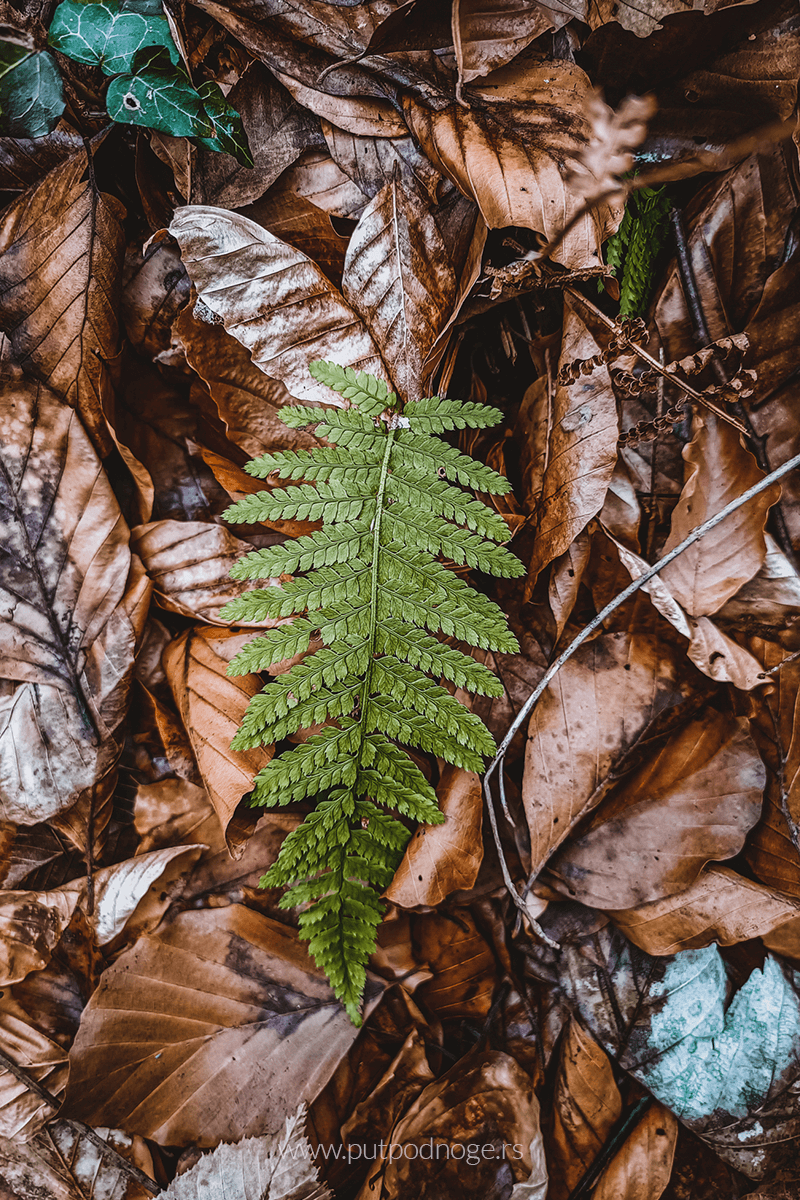
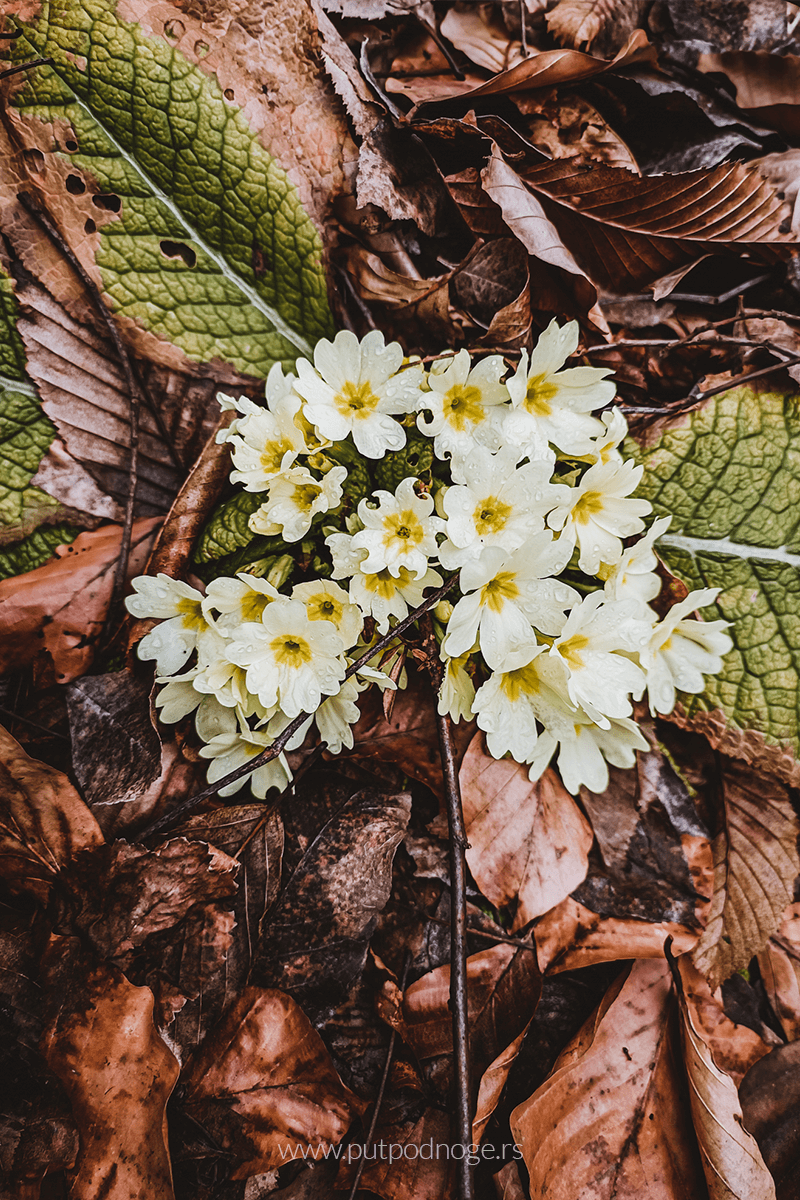
Budimlija and the Skakavac Waterfall
Let’s start at the beginning. The village’s intriguing name, Budimlija, comes with equally interesting stories about its origin. According to one tale, the name traces back to miners from Budim (Buda) who worked in the Zajača mine, as the main transport route for ore passed through the village. Another story attributes the name to a bey who, during his conquests, reached as far as Budim. Known for being as cunning as a fox (lija from lisica in Serbian), the name Budimlija supposedly combines “Budim” and “lija.” Lastly, a simpler and perhaps more plausible explanation links the name to the region’s once-abundant Budimka apple orchards.
In addition to these famous apples, another unique feature of the village is that every household once had at least one mulberry tree in its yard. Notably, the village is home to a 500-year-old mulberry tree.
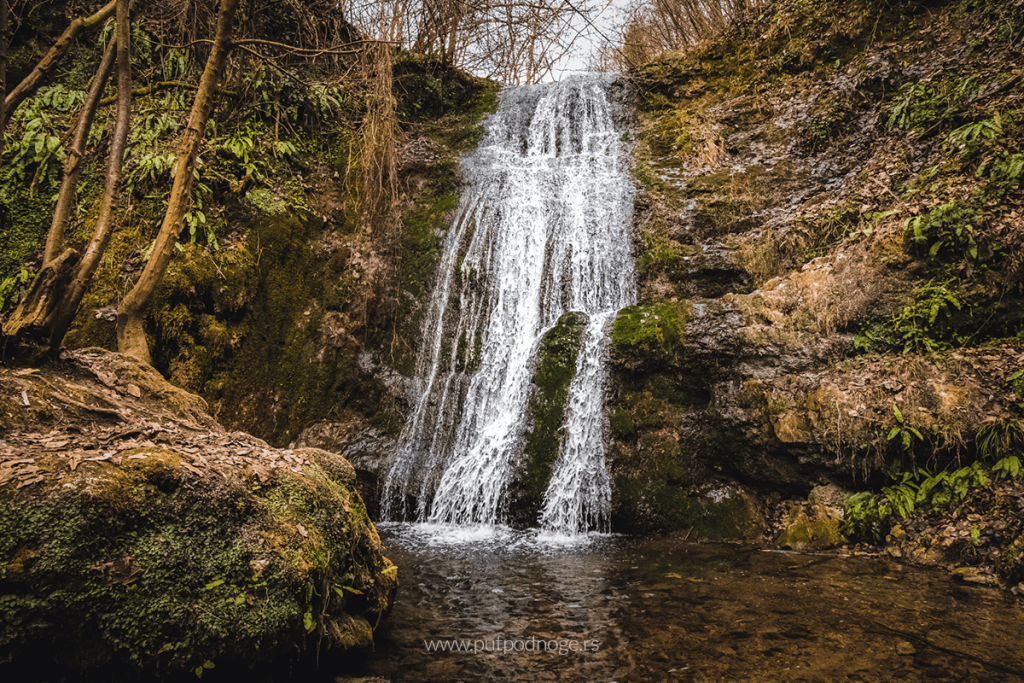
About 2 kilometers from the village lies the Skakavac Waterfall, our main destination. The trail to the waterfall follows a forest path along the river. Surrounded by dense woodland, the 7-meter-high waterfall maintains a steady flow of water for most of the year. Though the natural surroundings were not in full bloom during our visit, we could easily imagine how beautiful the area must look when everything turns green—a sight worth revisiting.
On the way to the waterfall, we encountered several salamanders, clearly enjoying their natural habitat. Speaking of salamanders, I recommend reading a few fascinating facts about them you might not know!
Mount Gučevo
Mount Gučevo, home to the waterfall, offers numerous hiking trails that we plan to explore in spring when nature fully awakens. Located in the westernmost part of the Podrinje-Valjevo mountain range, the mountain rises above Loznica and Banja Koviljača, offering breathtaking views of the Drina River from its peaks.
Rich in mineral springs that flow into the Drina, the mountain is covered with dense beech forests that captivate visitors. Its highest peak, Crni Vrh, stands at 779 meters above sea level, and that’s where we are headed. We also visited the Memorial Ossuary, built in honor of Serbian and Austro-Hungarian soldiers who perished here in 1914 during World War I. The ossuary, shaped like a pyramid, stands 16.85 meters tall.
The Battle of Gučevo is notable in history as the first trench battle. Nearby, on the road, there is a monument to Darja Alexandrovna, a Russian nurse who died at just 26 years old during the battles fought on Gučevo.
This mountain is a haven for hikers, as evidenced by the nearby Vidikovac Mountain Lodge, the largest of its kind in Serbia. Named after a nearby viewpoint, the lodge offers one of the best views of the Drina River and Republika Srpska. During our visit, visibility was poor, but we’re certain to return when the scenery is greener.
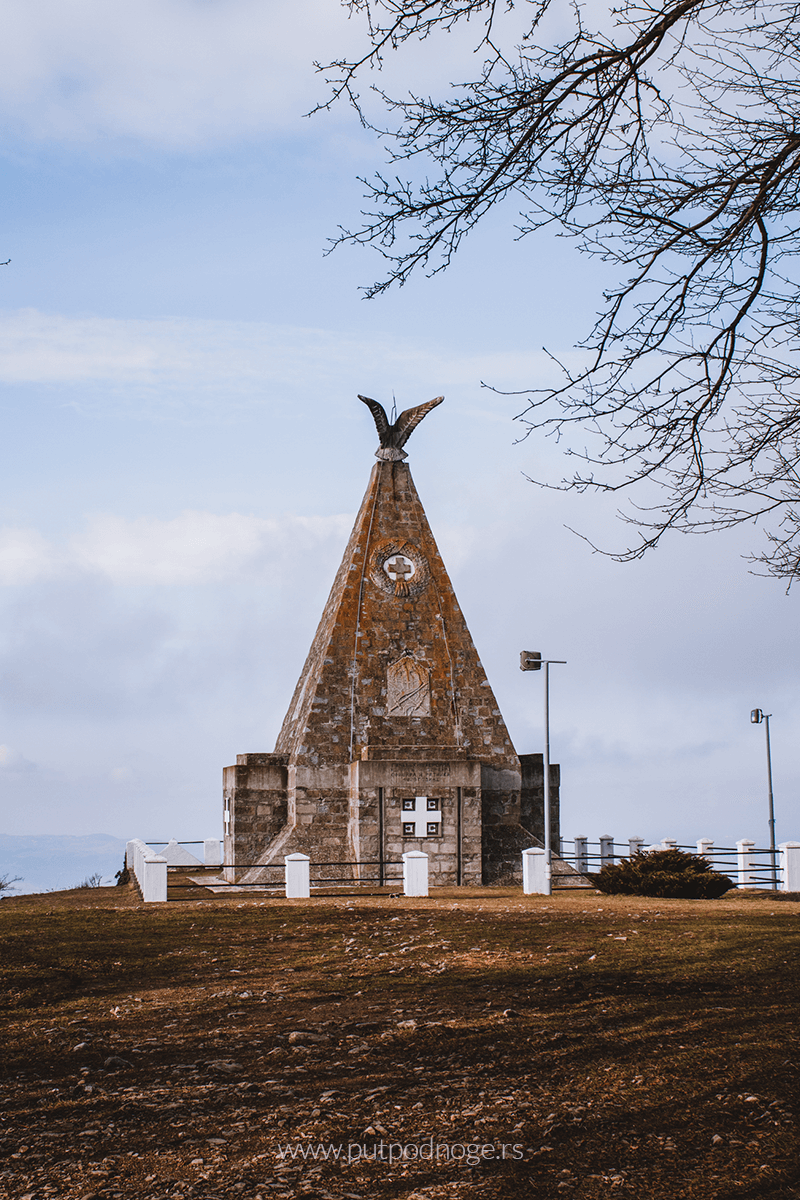
Tršić
To round out our excursion, we stopped in Tršić, a place many of us remember from school days but one well worth revisiting. Located just 7 kilometers from Loznica on the road to Valjevo, this village is not only the birthplace of Vuk Karadžić but also an open-air museum preserved in the authentic spirit of the 19th century.
In 1787, Vuk Stefanović Karadžić, the great reformer of the Serbian language and culture, was born here. His work on language, script, and folk literature left an indelible mark on Serbian history. However, a stroll through this landscape, surrounded by wooden cottages, wells, and hearths, brings you closer to the man behind the monumental achievements.
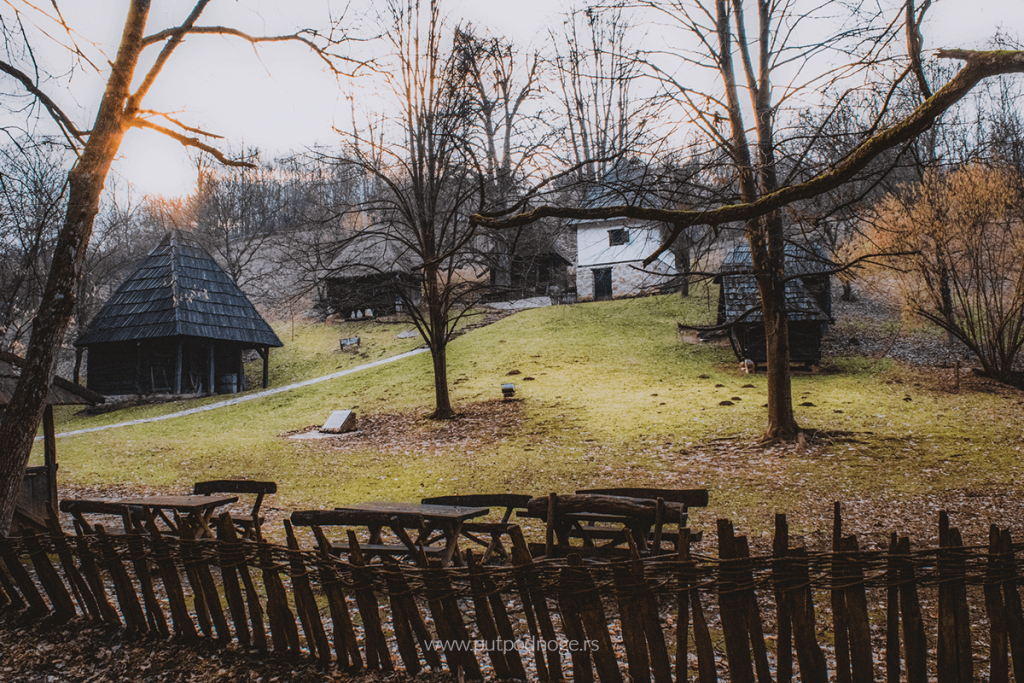
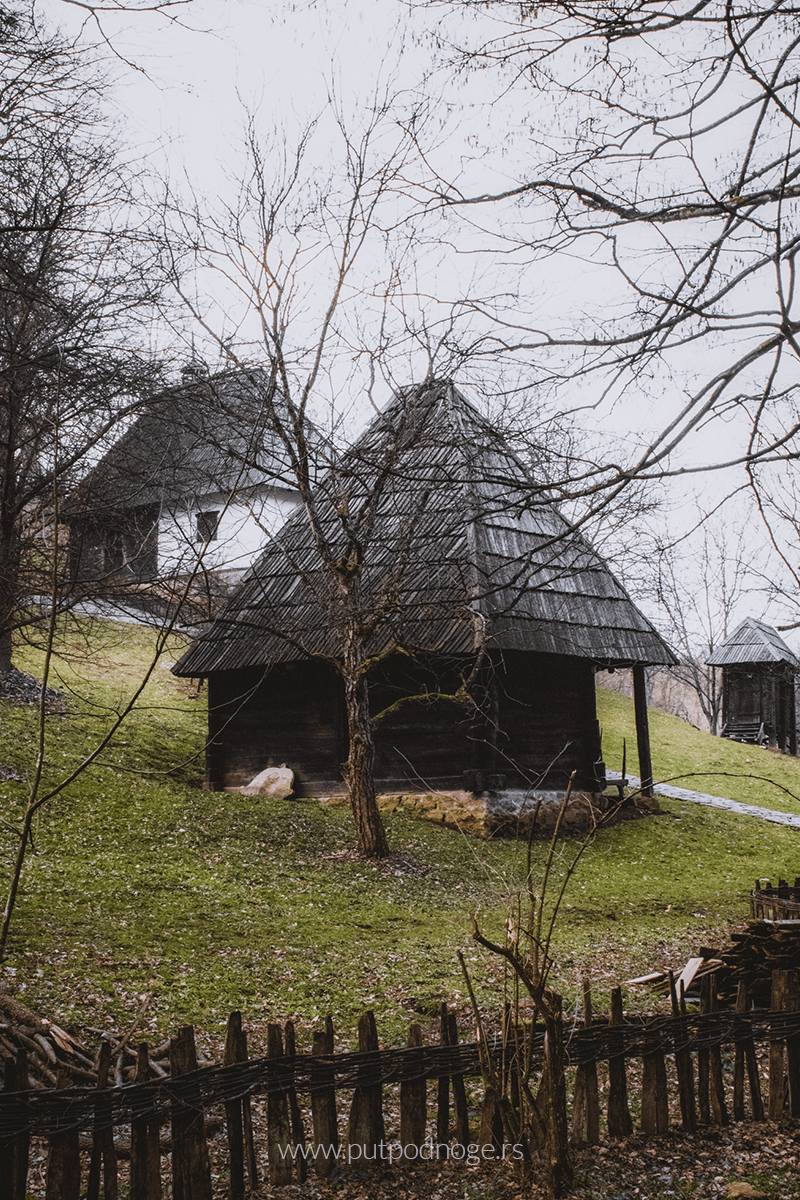
Vuk’s birthplace, along with a memorial museum, a small wooden outbuilding (vajat), a wine press (kačara), and other elements of daily life from that era, remind us of the humble beginnings and resilient spirit that produced one of Serbia’s most significant cultural figures. Walking these paths, you immerse yourself in the past and relive the story of a man whose work continues to shape Serbian culture.

How to Get There
You can reach Budimlija, Gučevo, and Tršić from Belgrade via Šabac and Loznica or through Obrenovac along the main road. These locations are approximately 140 kilometers from Belgrade, making them ideal for a one-day trip.
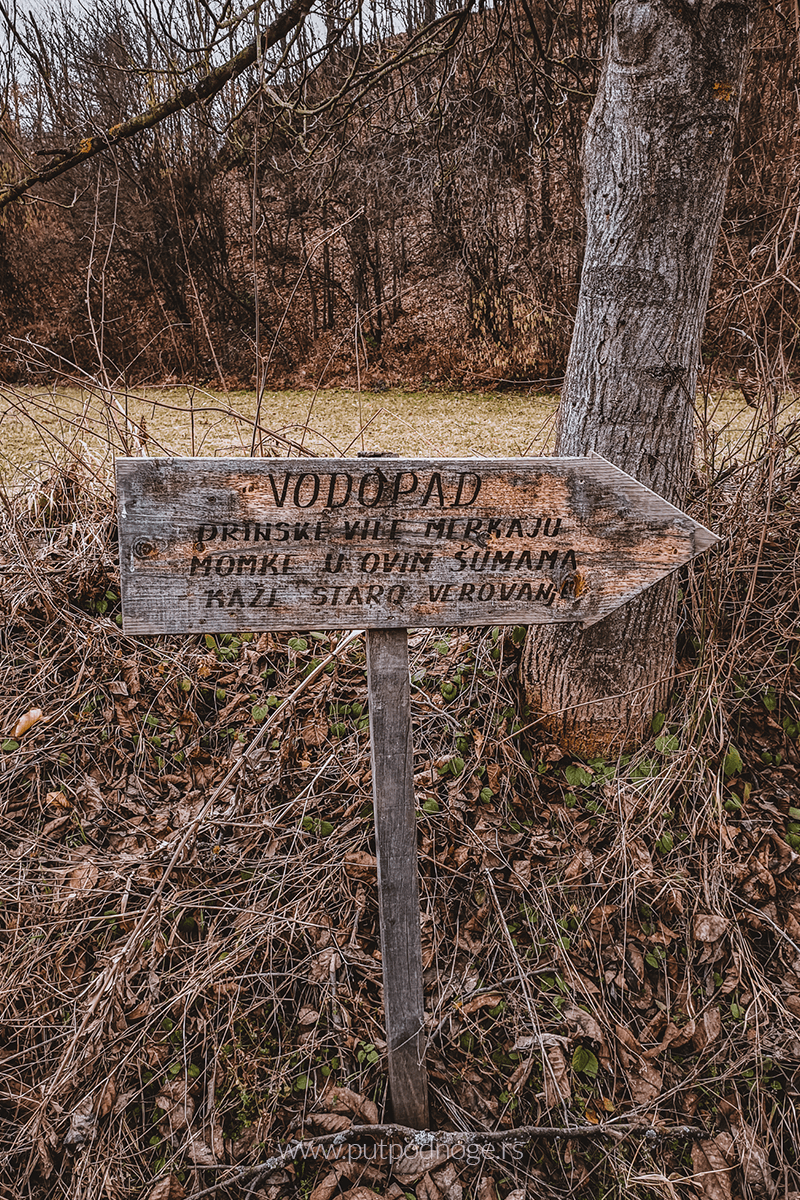
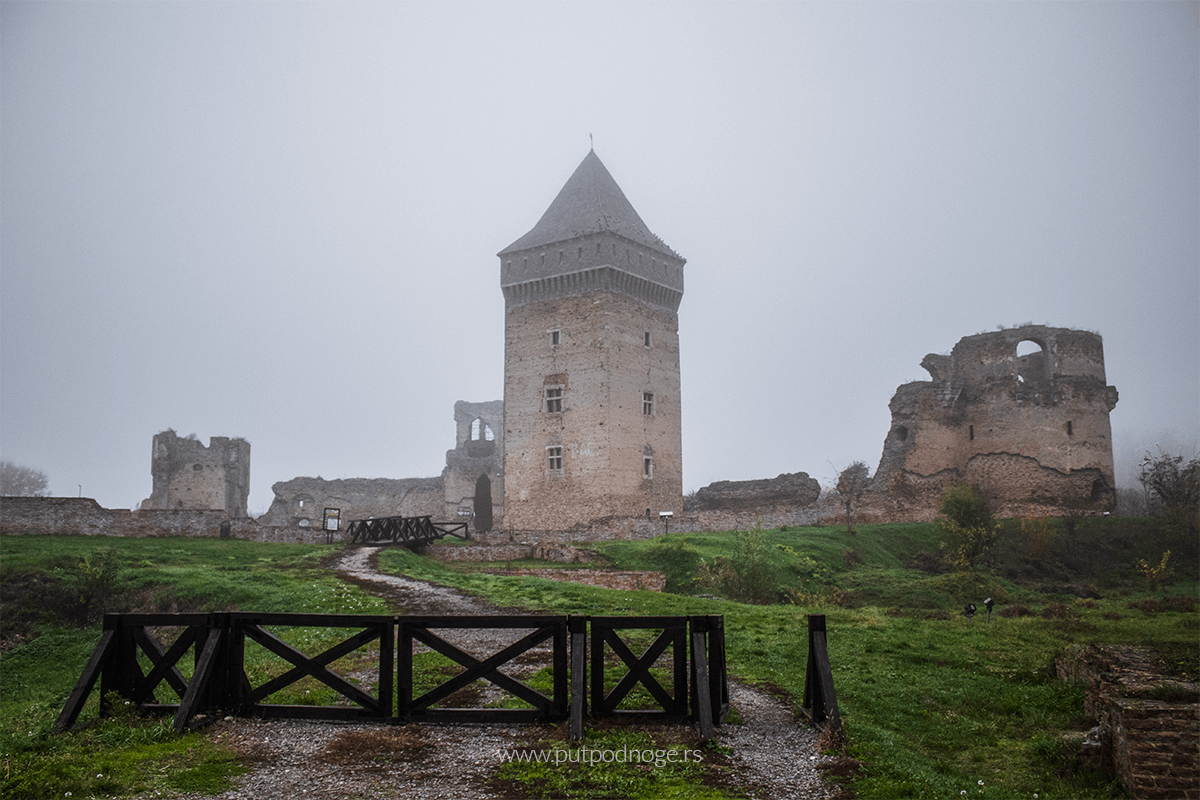
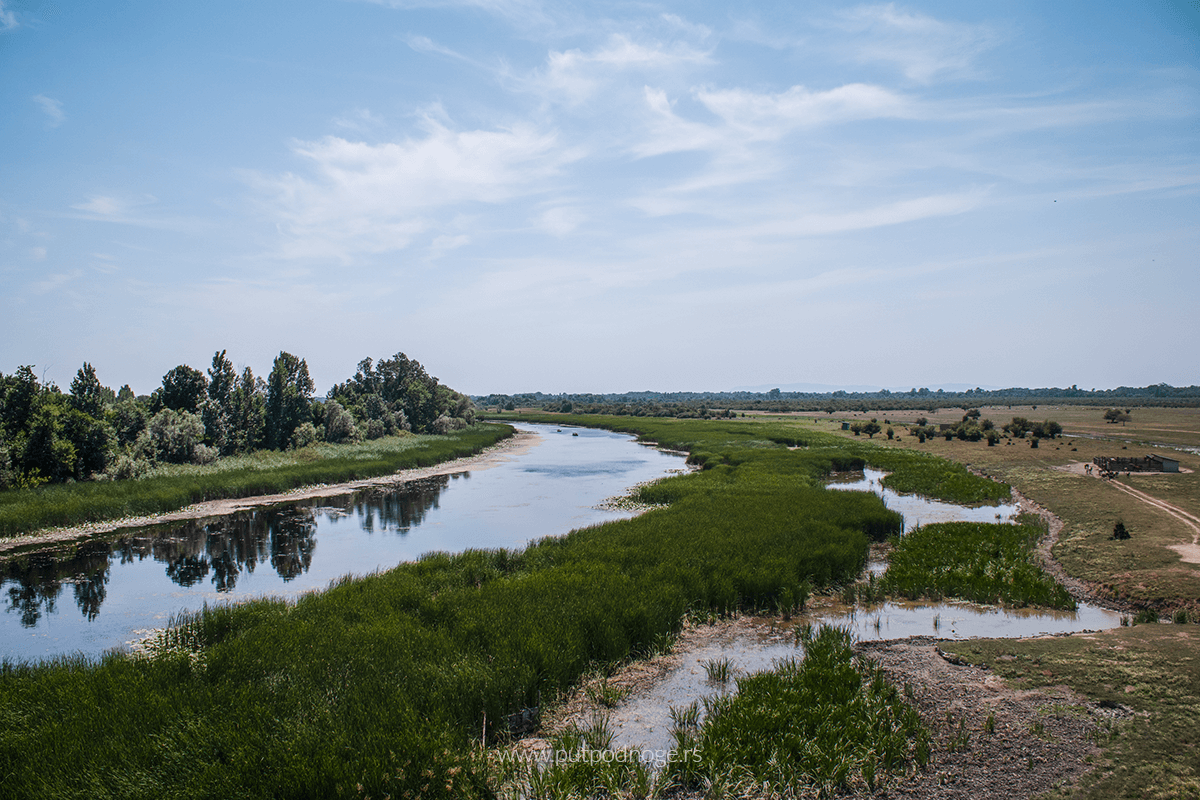
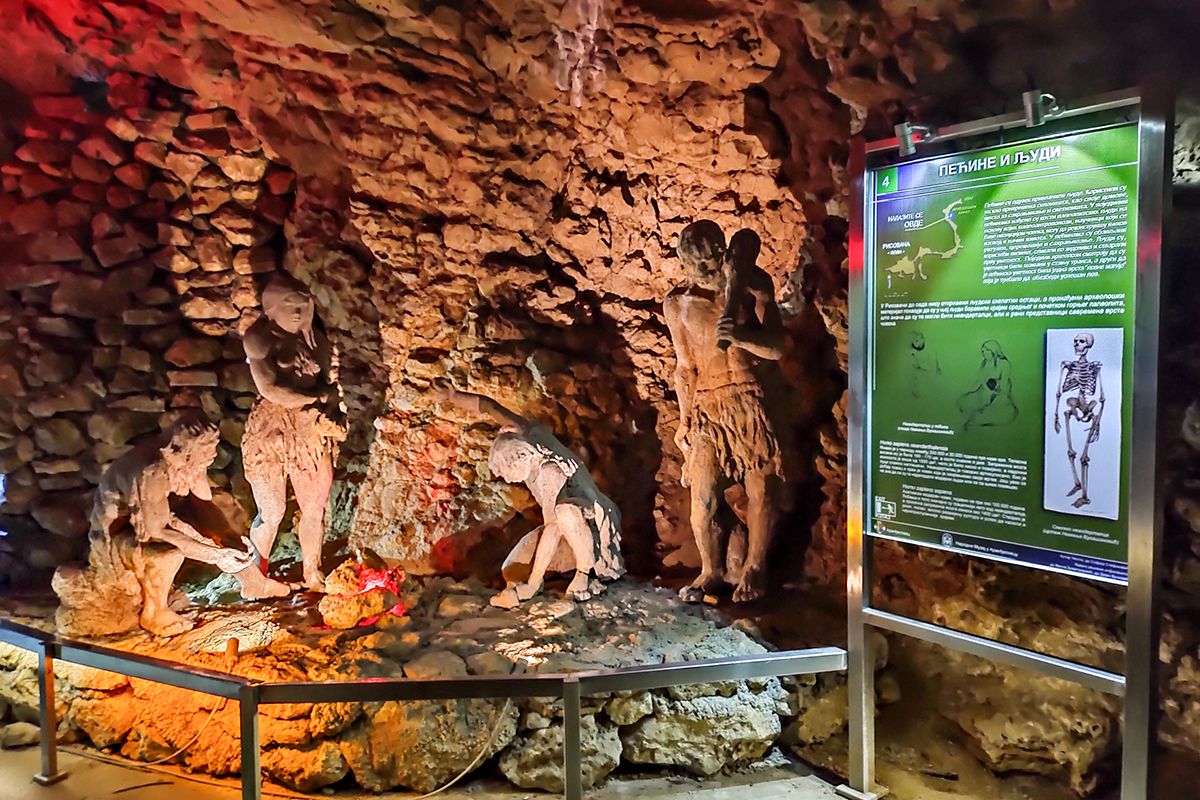
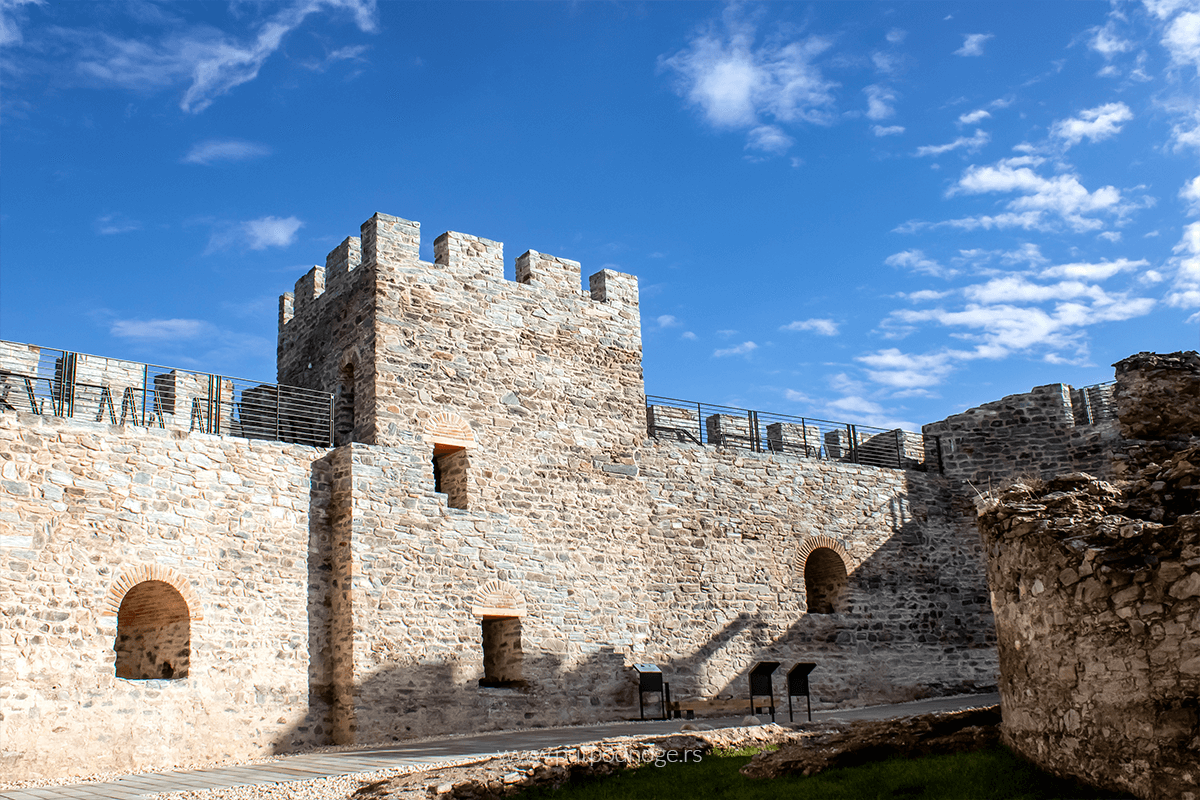
Leave a Reply